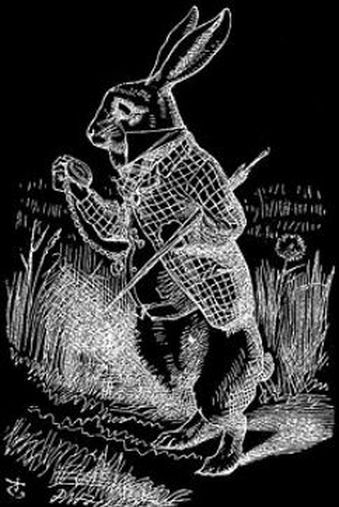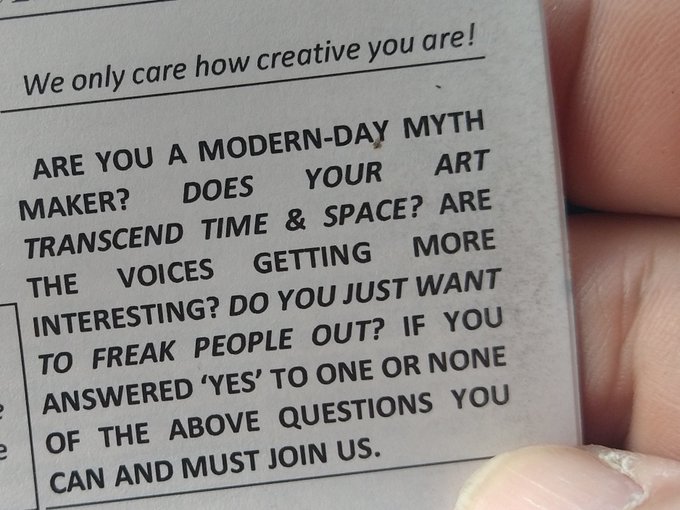A xenopoem is a speculative, avant-garde form of poetry that transcends traditional human language and semiotics, often embodying alien, non-human, or posthuman perspectives. It functions as a linguistic or biosemiotic “glitch,” disrupting conventional meaning-making through fragmented, recursive, or algorithmic structures. Drawing from experimental art and systems biology, xenopoems act like portals or mutational vectors, reconfiguring cognition, space, or even planetary ecosystems. They are not merely read but inhabited by non-human entities—like microbial intelligences or AI—as self-executing scripts or topological shifts in reality.
Key characteristics include:
Alien semiotics: Incorporates untranslatable or non-human linguistic systems, challenging human cognition.
Glitch ontology: Acts as a disruptive “virus” in bio-digital or planetary architectures, fostering adaptive mutations.
Posthuman focus: Engages with distributed cognition, cross-species communication, or technomorphosis, often bypassing human-centric narratives.
Interplanetary design: May manifest as fractalized data structures embedded in extraterrestrial habitats, rewriting environments.
“Our glossophage membranes—semiotic epidermal tissues—specialize in parsing high-density visual languages in cluttered symbolic environments. Ebb’s work interfaces directly with these membranes. Her asymmetric markings, visual noise injections, and recombinant motifs exploit neuroaesthetic virulence, a principle by which aesthetic strategies infect perceptual systems, recalibrating attention and erotic valence. What is striking is her strategic deployment of glossophage attractors—symbols designed not for recognition but for recursive perceptual destabilization. These catalyze neural trace learning in unfamiliar observers, particularly in multispecies viewers, guiding them toward novel interpretive stances. Ebb’s semiotic constructs reveal remarkable compatibility with Lepidoglossum’s translation-invariant learning architecture. Our cortical homologues, shaped by semiotically unstable environments, developed the capacity to recognize glossophagic patterns across permutations—rotation, distortion, occlusion. This neural robustness is supported by symbiotic bacterial agents such as Xenobacillus glossophagii, which modulate synaptic plasticity through quorum-sensing neuropeptides. Neural resonance in Lepidoglossum is scaffolded bacterially. Ebb’s symbols act as ligands—binding glossophage neural patterns to their semantic replicators. Ebb’s dermal inscriptions—seen as recombinant erotogens—are not fixed signifiers but semantic operators. In Lepidoglossum cognition, these forms are recognized not for what they depict but for how they modify semantic attractor landscapes within the brain. They instantiate a fovealization of meaning, wherein cortical focus shifts from visual salience to semiotic salience. Ebb’s aesthetics do not merely aestheticize gender; they fracture it. The glossophage interpretation reads her body not as gendered object but as a semiotic field of recombinant erotics, one which eschews inherited morphologies for attractor-based arousal dynamics. This mirrors Lepidoglossum pheromone practices, where sexual response is elicited through chemical chimeras rather than binary sex markers. Recombinant erotics are evolution’s laboratory. Ebb’s interface suggests a proto-xenogamic strategy—an erotic field open to multispecies entanglement. The efficacy of this strategy lies in its unpredictability. Erotic signal chaos becomes the point of contact—a disruption of cognitive rigidity that primes the observer for new semiotic mappings. For Lepidoglossum, this is not deviance but adaptive signal play. Recent dissections of Lepidoglossum cortex reveal that view-invariant recognition is modulated by bacterial quorum-signaling systems nested within neural tissue. These glossophage colonies, including Xenobacillus glossophagii, secrete neuromodulators that optimize trace learning under conditions of semiotic decay. Ebb’s aesthetic vectors, interpreted as symbolic biofilms, act as substrates for such microbial-cognitive interfacing. Glossophage bacteria treat her corpus as semantic substrate, adjusting quorum thresholds in real-time based on viewer response. This is language infection at its most elegant. These findings suggest that Ebb’s aesthetics function not just as human cultural expression but as co-evolutionary triggers. The body becomes a distributed, translation-invariant neural substrate—capable of broadcasting, receiving, and mutating signals across species boundaries. Her aesthetics are not adornment but biosemiotic operations. From the perspective of Lepidoglossum sapiens, her form signals a shift toward xenopoetic taxonomy—a reordering of symbol, self, and species beyond semantic orthodoxy. In her dermal glossophagic field, desire is not located in object recognition, but in semiotic collapse. Her interface activates the future: not of art, but of interspecies cognition.”
- Kenji Siratori
source https://kstxiksc.tumblr.com/post/783532569545375744







Nenhum comentário:
Postar um comentário